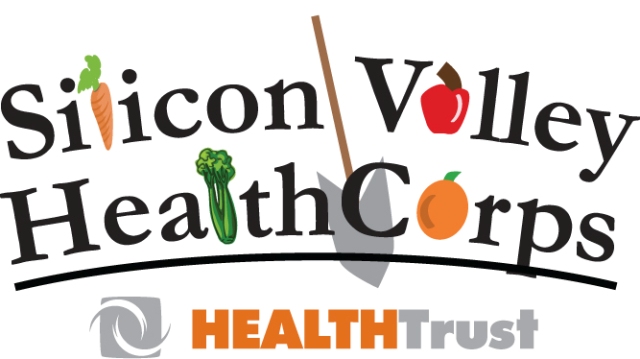
One of the most enjoyable and challenging aspects of being a Silicon Valley Health Corps member is exposing children to the miraculous transformation from seed to vegetable to delicious meal. Ask children where their food comes from and they will be more likely to say from the supermarket than from the ground. The children of Rock Springs neighborhood have read about the plant cycle in science textbooks but have never witnessed the process and certainly do not make the connection between the seeds in the ground and the food on their table. Many of them live in apartment buildings and have never had an opportunity to garden on their own. I started Garden Club at History Park with them in mind.
My hope was that by bringing them to the garden and involving them in every aspect of food production, they could gain some insight into the complex relationships that underlie our lives and our environment. Every week, we discuss a different topic in food production and perform a related activity in the garden. The children tend to squirm in their seats during the discussion portion, anxiously awaiting the moment where they get to pick up their tools and tend to their young plants. Although the children struggle to understand the benefits of composting and the intricacies of our food system, they derive great pleasure from sorting through worm castings and watering their seedlings. While I would like to get a bigger message across, I think that creating a positive association with growing vegetables and being outside is an equally valuable outcome.
